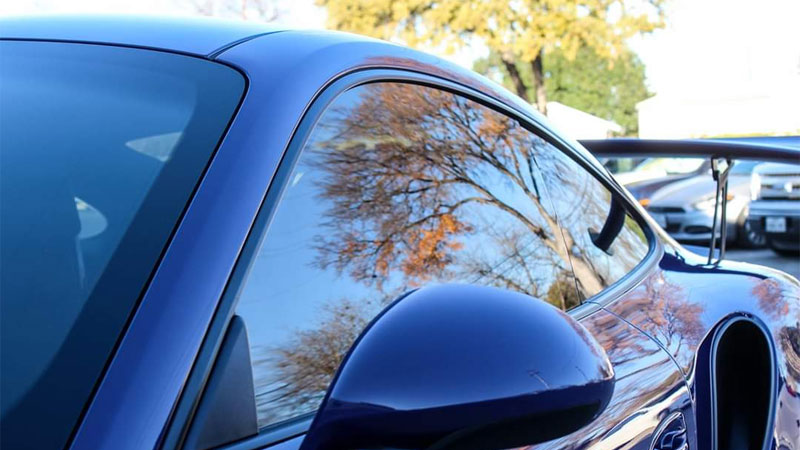6 Different Types of Window Tint for Cars
Window tinting is a popular way to improve the appearance of a car and to protect the interior from harmful UV rays.
There are different types of window tint near me tint for cars available in the market, each with its own unique properties and benefits. Here are six different types of window tint for cars:
Dyed Window Tint:
This is the most affordable type of window tinting, and it is made by applying a layer of dye to the surface of the window.
It can reduce glare and provide privacy, but it is not as effective at blocking heat as other types of window tint.
Metallic Window Tint:
This type of tint is made by applying a thin layer of metal to the surface of the window. It is more effective at
blocking heat and reducing glare than dyed window tint, but it can interfere with electronic devices like GPS and cell phones.
Carbon Window Tint:
Carbon window tint is a newer type of tint that uses carbon particles to block heat and reduce glare.
It is more expensive than dyed or metallic window tint, but it provides superior heat reduction without interfering with electronic devices.
Ceramic Window Tint:
Ceramic window tint is the most expensive type of window tinting, but it offers the best heat reduction and the highest
level of clarity. It is made by applying a layer of ceramic particles to the surface of the window.
Crystalline Window Tint:
Crystalline window tint is a type of window tinting that uses multiple layers of film to provide
superior heat reduction and UV protection. It is less visible than other types of tinting and offers a high level of clarity.
Hybrid Window Tint:
Hybrid window tint combines two or more types of tinting to provide the benefits of each. For example,
a hybrid window tint may combine dyed and metallic tinting to provide both heat reduction and reduced glare.
It is important to note that the legality of window tint varies by state and country:
so be sure to check local laws before getting your windows tinted. Additionally, it is recommended to have a professional install window tinting to ensure that it is done correctly and safely.
What is this Metalized:
"Metalized" is a term used to describe something that has been coated or covered with a thin layer of metal.
This process is commonly used in manufacturing and can be applied to various materials such as plastics, fabrics, paper, and more.
The metal coating is usually applied using a technique called vapor deposition:
which involves heating the metal until it vaporizes and then allowing the vapor to settle on the surface of the material being coated.
Metalized materials can have a variety of uses, such as in packaging, electronics, and decorative items.
Automotive Window Tint:
Automotive window tinting is a process of applying a thin film to the windows of a car to reduce the amount of visible light, ultraviolet (UV) rays, and infrared (IR) radiation that enters the vehicle.
Window tinting is typically done for various reasons, such as reducing the heat inside the car, improving privacy and security, protecting the car's interior from fading, and enhancing the car's appearance.
The tinting film is usually made of a polyester material that is coated:
with a thin layer of metal or ceramic window tint particles that can reflect or absorb the sun's energy. The tint film comes in different shades, with darker shades offering more privacy and better heat rejection,
but may be illegal in some states or countries. The amount of visible light transmitted through the tinted windows is measured by a percentage known as the Visible Light Transmission (VLT) rating.
Automotive window tinting can be done by a professional tinting service or as a DIY project:
using pre-cut tint films. However, it's essential to follow the specific tinting laws and regulations of your state or country to avoid legal issues.
Additionally, it's important to choose a high-quality tinting film that can provide the desired benefits while not compromising visibility or safety while driving.

Comments
Post a Comment